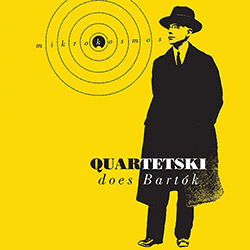
Composed between 1926 and 1939, "Mikrokosmos" was Bela Bartok's attempt to solve certain technical problems in the art of piano playing, here adapted by the 5-piece Quartetski into a fascinating series of progressive exercises and etudes, oddly enough presented without a piano.
In Stock
Quantity in Basket: None
Log In to use our Wish List
Shipping Weight: 3.00 units
EU & UK Customers:
Discogs.com can handle your VAT payments
So please order through Discogs
Sample The Album:
Bela Bartok-composer
Isaiah Ceccarelli-drums
Bernard Falaise-electric guitar, melodica
Philippe Lauzier-bass clarinet, soprano saxophone, melodica
Pierre-Yves Martel-electric bass, synthesizer
Joshua Zubot-violin
Click an artist name above to see in-stock items for that artist.
UPC: 771028122424
Label: Ambiances Magnetiques
Catalog ID: AM_224
Squidco Product Code: 23326
Format: CD
Condition: New
Released: 2016
Country: Canada
Packaging: Cardboard Gatefold
Recorded at Studio Resther, in Montreal, Canada, on March 29th and 30th, 2015 by Bernard Grenon.
"Quartetski goes back to basics with this adaptation of progressive exercises and études by the great Béla Bartók. Composed between 1926 and 1939, Mikrokosmos was Bartók's attempt to solve certain technical problems in the art of piano playing. By taking on this work, Quartetski proves once again that it is a good little pupil. Even without a piano."-Ambiances Magnetiques
"Founded by Pierre-Yves Martel in 2007, Quartetski rethinks and reinterprets the works of great composers in an improvised setting. While staying true to the spirit of these composers, the ensemble uses the compositions as laboratories for sonic experimentation. Ecletic instrumentation and an improvised setting make for a left-field approach to chamber music, that melds styles to arrive at a sometimes chaotic, sometimes challenging and always captivating performance. Listeners familiar with the original compositions will find these experimental re-workings are surprising and exciting, and new ears will be just as engaged and entertained."-Quartetski Website
"Turning another page in its scorebook filled with the themes of composers from the so-called classical music cannon, Montreal-based Quartetski - now a quintet - Does Bartok, on Mikrikosmos Sz 107 (Ambiances Magnetiques AM 224 CD). It reconfigures to group improvisation piano pieces composed by Hungarian Bela Bartok (1881-1945) to synthesize musical and technical problems. Bartok, who was as attuned to Magyar folk music as his contemporary Arnold Schoenberg was to serialism, could never have imagined Quartetski's instrumental make-up, unless he was also a futurist. The band is reedist Philippe Lauzier, guitarist Bernard Falaise, violinist Joshua Zubot, drummer Isaiah Ceccarelli and Pierre-Yves Martel, playing electric bass and synthesize. Like films whose interpretation of a literary source is radically different, but representative, Quartetski's 25-track variant of the oeuvre adding jazz, folk, rock and electronic inflections must be judged on its own. One reductionist way to approach this material is to itemize how often and quickly musical currents appear and disappear. For instance take the many transitions which are evident during the sequenced five tracks: En mode mixolydien #48, Unisson divise #52, Melodie en dixiemes #56, Majeur et mineur #59, Triolets #75 and Hommage a Robert Schumann #80. Near-Heavy Metal thuds and clangs struggle for space alongside pastoral reed notes and high-European string swells. Later, like a space ship from the future landing in primitive times, contemporary timbres are subsumed beneath electronic loops. Paradoxically, when the themes are more obtuse, a buoyant melody is created where rugged, Eastern European dance inferences mix up with crinkly guitar flanges. Similar schematic diagrams could be constructed for other sequences which append inferences including Hawaiian guitar-styled licks to an electric bass line reminiscent of Stax-Volt. But the key linkage appears among other tracks, Six melodies a l'unisson, Notes pointees, #7, Mains alternees #10, Mouvement parallele#11 and Danse hongroise #68 plus Melodie contre double-cordes #70. Prominent among the calliope-like motifs and synthesizer smears is an arching narrative that by the end adds Prairie hints to the Magyar countryside. Quartetski's originality is confirmed on the group-composed title track. Like the inevitability of waves hitting and receding from the shore, the performance bonds string sweeps, aviary reed whistles and an electric undertow into tremolo washes. The CD confirms that the quintet can positively transform a revered composer's supposedly unalterable work."-Ken Waxman, The WholeNote

The Squid's Ear!
Get additional information at Quartetski Website
Artist Biographies
• Show Bio for Bela Bartok "Béla Bartók was born in the Hungarian town of Nagyszentmiklós (now Sînnicolau Mare in Romania) on 25 March 1881, and received his first instruction in music from his mother, a very capable pianist; his father, the headmaster of a local school, was also musical. After his family moved to Pressburg (now Bratislava in Slovakia) in 1894, he took lessons from László Erkel, son of Ferenc Erkel, Hungary's first important operatic composer, and in 1899 he became a student at the Royal Academy of Music in Budapest, graduating in 1903. His teachers there were János Koessler, a friend of Brahms, for composition and István Thoman for piano. Bartók, who had given his first public concert at the age of eleven, now began to establish a reputation as a fine pianist that spread well beyond Hungary's borders, and he was soon drawn into teaching: in 1907 he replaced Thoman as professor of piano in the Academy. Béla Bartók's earliest compositions offer a blend of late Romanticism and nationalist elements, formed under the influences of Wagner, Brahms, Liszt and Strauss, and resulting in works such as Kossuth, an expansive symphonic poem written when he was 23. Around 1905 his friend and fellow-composer Zoltán Kodály directed his attention to Hungarian folk music and, coupled with his discovery of the music of Debussy, Bartók's musical language changed dramatically: it acquired greater focus and purpose - though initially it remained very rich, as his opera Duke Bluebeard's Castle (1911) and ballet The Wooden Prince (1917) demonstrate. But as he absorbed more and more of the spirit of Hungarian folk songs and dances, his own music grew tighter, more concentrated, chromatic and dissonant - and although a sense of key is sometimes lost in individual passages, Bartók never espoused atonality as a compositional technique. His interest is folk music was not merely passive: Bartók was an assiduous ethnomusicologist, his first systematic collecting trips in Hungary being undertaken with Kodály, and in 1906 they published a volume of the songs they had collected. Thereafter Bartók's involvement grew deeper and his scope wider, encompassing a number of ethnic traditions both near at hand and further afield: Transylvanian, Romanian, North African and others. In the 1920s and '30s Bartók's international fame spread, and he toured widely, both as pianist (usually in his own works) and as a respected composer. Works like the Dance Suite for orchestra (1923), the Cantata profana (1934) and the Divertimento for strings (1939), commissioned by Paul Sacher, maintained his high profile; indeed, he earned some notoriety when the Nazis banned his ballet The Miraculous Mandarin (1918-19) because of its sexually explicit plot. He continued to teach at the Academy of Music until his resignation in 1934, devoting much of his free time thereafter to his ethnomusicological research. With the outbreak of the Second World War, and despite his deep attachment to his homeland, life in Hungary became intolerable and Bartók and his second wife, Ditta Pásztory, emigrated to the United States. Here his material conditions worsened considerably, despite initial promise: although he obtained a post at Columbia University and was able to pursue his folk-music studies, his concert engagements become very much rarer, and he received few commissions. Koussevitzky's request for a Concerto for Orchestra (1943) was therefore particularly important, bringing him much-needed income. Bartók's health was now failing, but he was nonetheless able virtually to complete his Third Piano Concerto and sketch out a Viola Concerto before his death from polycythemia (a form of leukemia) on 26 September 1945." ^ Hide Bio for Bela Bartok • Show Bio for Isaiah Ceccarelli "Isaiah Ceccarelli. Born Chetwynd, British Columbia, Canada, 1978. Residence: Montréal, Québec. Composer, Performer (drum set, percussion). Isaiah Ceccarelli is a drummer, improviser, and composer based in Montréal. His music has been qualified as "one of the most original approaches to come through our offices in recent times" (Marc Chénard, La Scena Musicale) and he has been described as possessing "a writing style with rare personality in this musical context" (Thierry Lepin, Jazzman Magazine). He participates in numerous creative music projects with Michel F Côté, Pierre-Yves Martel, Lori Freedman, Jean Derome, Bernard Falaise, Joshua Zubot and Philippe Lauzier, amongst others. He plays with Félix Stüssi and Ray Anderson, as well as with the Acadian singer Marie-Jo Thério. Proud ambassador of a new generation of creative musicians in Québec, his collaborations have led him on tour in Europe, North America, Asia and Australia. Isaiah has composed music for two of his own albums, Bréviaire d'épuisements and Lieux-dits (both on the Ambiances Magnétiques label), and for ensembles and musicians such as Quatuor Bozzini, Ensemble Allogène, the violist Jennifer Thiessen, and Ensemble Kô. He sings with the Schola Saint-Grégoire (Gregorian chant). A seasoned musician and composer, Isaiah Ceccarelli is, in the words of Charles Collard from La Scena Musicale, "a jewel in the crown of the Montréal scene and his presence is felt on several fronts at the same time." ^ Hide Bio for Isaiah Ceccarelli • Show Bio for Bernard Falaise "Bernard Falaise. Born Montréal, Québec, 1965. Residence: Montréal, Québec. Composer, Performer (guitar). Bernard Falaise was born in Montréal, where he currently lives. He plays electric guitar, composes and improvises - all with evident joy - for Miriodor, Klaxon Gueule, les Projectionnistes, Diesel and other groups. He has written for the Ensemble contemporain de Montréal (ECM), Quartango and the Isis Quartet, and has created music for exhibitions, television, the theatre and dance. Allergic to labels, Falaise explores acid rock, twelve-tone waltzes and industrial tangos with equal enthusiasm." ^ Hide Bio for Bernard Falaise • Show Bio for Philippe Lauzier "Composer, improviser, instrumentalist (clarinet & saxophone) and sound artist, Philippe Lauzier participates in several projects that tour regularly in Canada and Europe, but also in USA, Latine America and Australia. In his solo and collective work, his ideas incorporate influences of contemporary musical languages as well as sounds from non-Western sources. Creative extended techniques, complex drones from which polyphonies emerge, and a certain compositional rigour are typical of his style. His interest for collaborative intermedia practices also leads him to create sound installation pieces, live performances for contemporary dance, theater music and many sound designs for visual art projects. Philippe lives in Montreal, Quebec." ^ Hide Bio for Philippe Lauzier • Show Bio for Pierre-Yves Martel "Pierre-Yves Martel. Born Vanier, Ontario, Canada, 1979. Residence: Montréal, Québec. Composer, Performer (viola da gamba, double bass, objects) Following a unique artistic path, Pierre-Yves Martel is constantly renewing his musical identity and practice. Though a instrumentalist, he identifies himself first and foremost as a sound artist whose work oscillates between perpetual research and experimentation. It is in this spirit that he has revisited the viola da gamba, utilizing this traditional instrument in new contexts and thus reengaging it with the contemporary world. Having created an authentic musical language through non-conventional techniques and instrumental preparations, he also works outside of instrumental music altogether, using a variety of objects rife with new sonic possibilities, from contact-mics and speakers to motors, wheels, surfaces and textures." ^ Hide Bio for Pierre-Yves Martel • Show Bio for Joshua Zubot "Joshua Zubot is a musician who spent his younger years honing his skills in the West. Gaining ground internationally, Josh toured with the former Barrage group from 1997-2002. Moving to Montreal in 2003, Josh finished his BFA in Electroacoustic Studies after 4 years. In 2005, he produced his first solo album, Crouched Head, on the Drip Audio Label. He now freelances full-time as a violinist. Mainly, Josh is a performer/composer fusing many means of styles through his violin. These styles range from somewhere in the middle of jazz, free jazz, avant garde, contemporary classical, folk, improvisational, rock and electronic. Since then he has developped through the avant-garde scene in Montreal producing his own albums: Subtle Lip Can, Mendham, and Land of Marigold. Over the last decade, Josh has played with numerous different groups and individuals. Some collaborations were with Chad VanGaalen, Lori Freedman, Patrick Watson, William Parker, Pierre-Yves Martel, Michael Blake, Bernard Falaise, Rainer Wiens, Michel F Coté, Sam Shalabi, Miles Perkin, Myra Melford, Marshall Allen, Fred Frith, Matana Roberts, Jean Derome, Malcom Goldstein, Pierre Tanguay, Martha Wainwright, John Butcher, to name a few. Josh performed in the Mozg Festival (Poland),International Festival de Musique Actuelle de Victoriaville, Guelph Jazz Festival, X Avant New Music Festival L'Off Festival de Jazz de Montreal, Suoni Per Il Popolo, Sound Travels (Sound Art Festival in Toronto), Guelph Jazz Festival, Osheaga, Pop Montreal, NXNE, as well as numerous festival circuits in Europe." ^ Hide Bio for Joshua Zubot
7/1/2025
Have a better biography or biography source? Please Contact Us so that we can update this biography.
7/1/2025
Have a better biography or biography source? Please Contact Us so that we can update this biography.
7/1/2025
Have a better biography or biography source? Please Contact Us so that we can update this biography.
7/1/2025
Have a better biography or biography source? Please Contact Us so that we can update this biography.
7/1/2025
Have a better biography or biography source? Please Contact Us so that we can update this biography.
7/1/2025
Have a better biography or biography source? Please Contact Us so that we can update this biography.
Track Listing:
1. Livre I: I. Six melodies a l'unisson 3:44
2. Livre II: XXVI. Melodie pentatonique 0:50
3. Livre III: XIII. Gamme pentatonique 1:22
4. Livre I: XI. Mouvement parallele avec changement de position 4:52
5. Quatre melodies a l'unisson: IV. Quatre melodies a l'unisson (IV) 0:17
6. Livre I: XVII. Imitation et inversion (II) 1:47
7. Livre I: XVII. Repetition (II) 1:07
8. Livre II: VI. Accompagnement en accords brises 2:42
9. Livre II: X. Meditation 2:06
10. Livre I: XIX. Rythme syncope (II) 0:33
11. Livre II: XXIII. L'Extreme-Orient 1:54
12. Livre III: VII. Sixtes et accords 0:35
13. Livre II: XI. En augmentant - en diminuant 0:58
14. Livre II: XIII. En mode mixolydien 2:34
15. Livre II: XXI. Melodie en dixiemes 1:18
16. Livre II: XXIV. Majeur et mineur 2:10
17. Livre III: X. Triolets 0:36
18. Livre III: XV. Hommage a Robert Schumann 0:52
19. Livre II: XXVII. Bourdonnement 0:45
20. Livre III: VII. Chanson hongroise 1:20
21. Bartok s'explique 0:53
22. Livre II: Dialogue 0:43
23. Livre III: II. Danse hongroise 0:37
24. Livre III: IV. Melodiecontre double-cordes 1:22
25. Makrokosmos 9:19
Compositional Forms
Improvised Music
Musique Actuelle
Quintet Recordings
Ambiances Magnetiques
New in Compositional Music
Canadian Composition & Improvisation
Search for other titles on the label:
Ambiances Magnetiques.

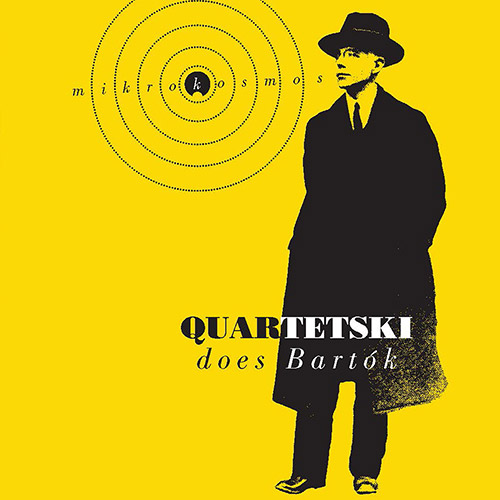
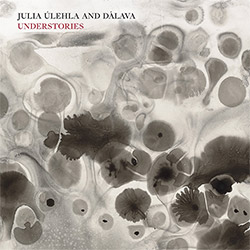
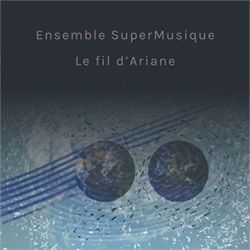
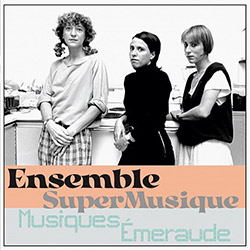
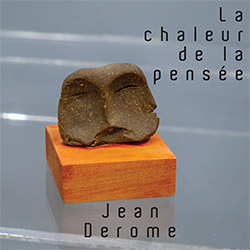
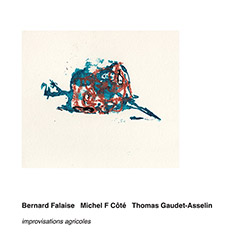


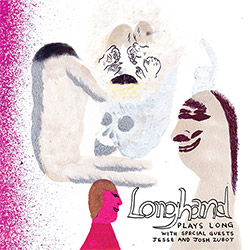


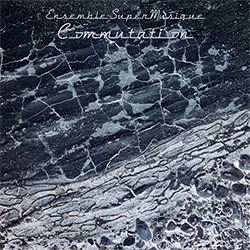
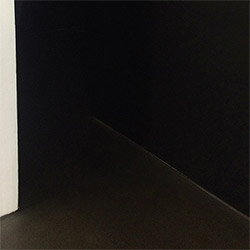
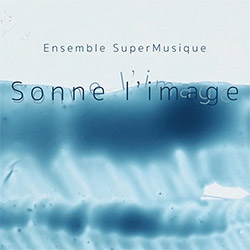
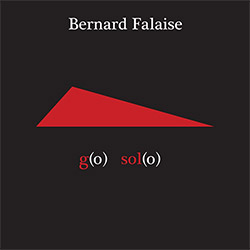
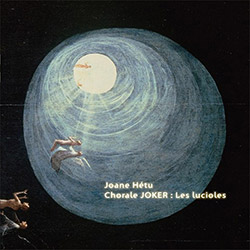

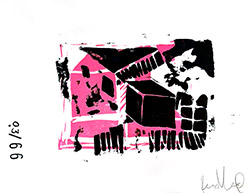
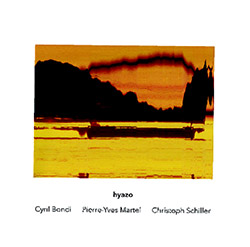
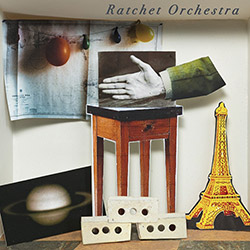
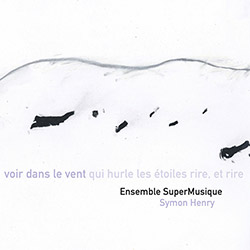
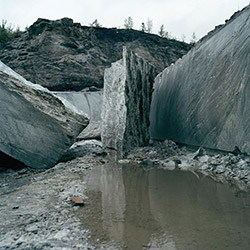
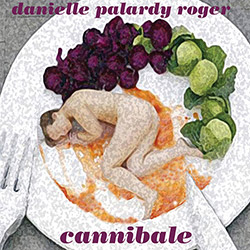
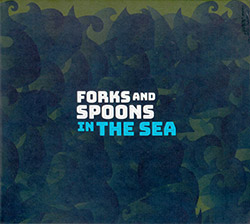
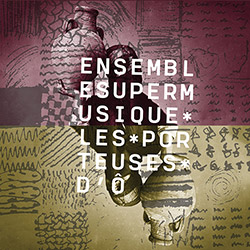
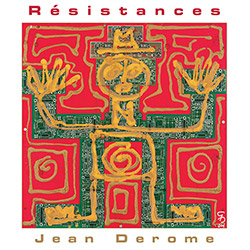
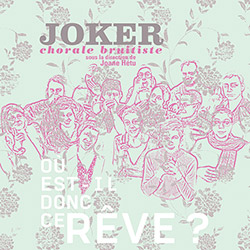



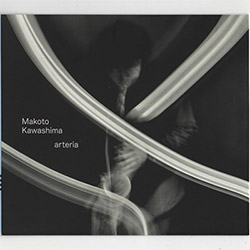


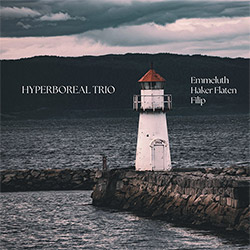
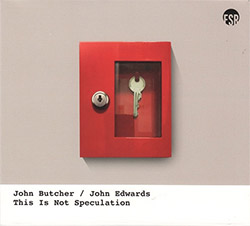
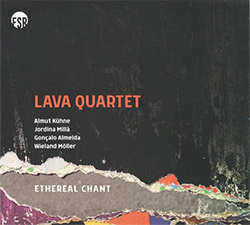
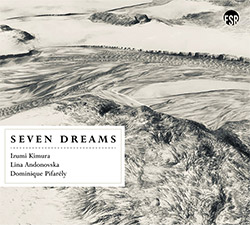
![Deupree, Jerome / Sylvie Courvoisier / Lester St. Louis / Joe Morris: Canyon [2 CDs]](https://www.teuthida.com/productImages/misc4/36404.jpg)
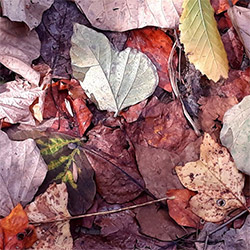
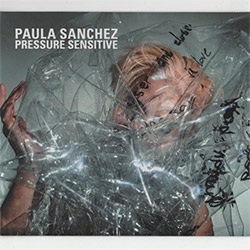
![Eternities: Rides Again [CASSETTE]](https://www.teuthida.com/productImages/misc4/36247.jpg)
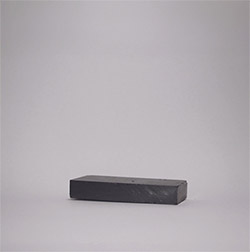
![Lopez, Francisco: Untitled (2021-2022) [2 CDs]](https://www.teuthida.com/productImages/misc4/36438.jpg)
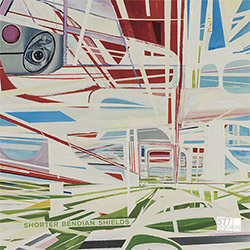
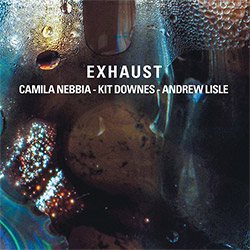
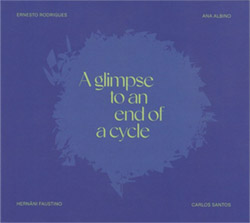
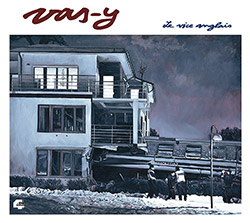
![Eventless Plot | Haarvol: The Subliminal Paths [CASSETTE + DOWNLOAD]](https://www.teuthida.com/productImages/misc4/36232.jpg)

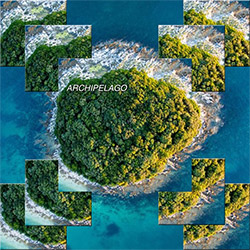
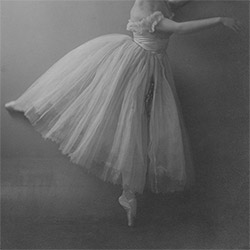

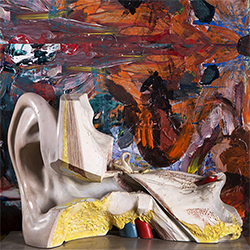
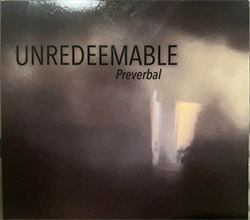
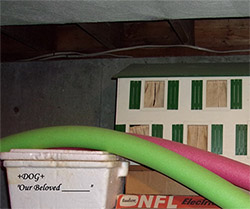
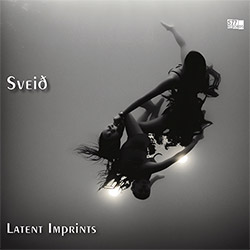
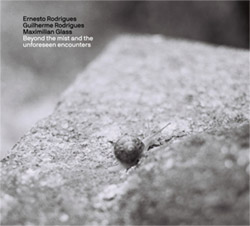

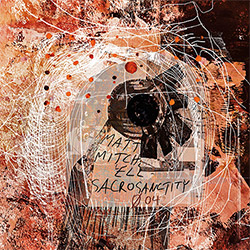
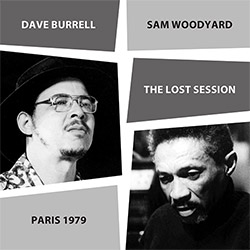
![Eventless Plot | Francesco Covarino: Methexis [CASSETTE + DOWNLOAD]](https://www.teuthida.com/productImages/misc4/36231.jpg)
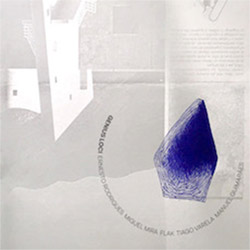
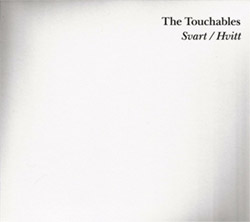
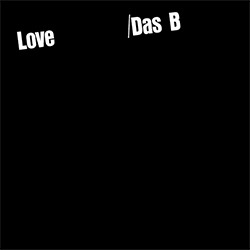
![Das B (Mazen Kerbaj / Mike Majkowski / Magda Mayas / Tony Buck): Love [VINYL]](https://www.teuthida.com/productImages/misc4/36329.jpg)
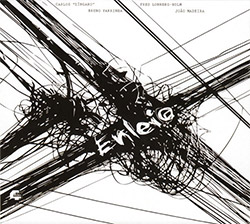
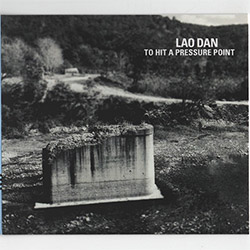

![Hemphill Stringtet, The: Plays the Music of Julius Hemphill [VINYL]](https://www.teuthida.com/productImages/misc4/36409.jpg)
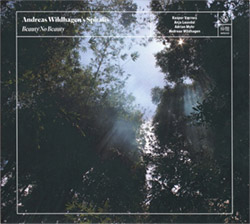
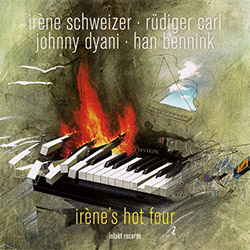
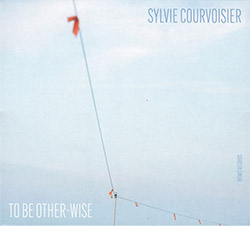
![Halvorson, Mary Septet: Illusionary Sea [2 LPS]](https://www.teuthida.com/productImages/misc4/17952.jpg)
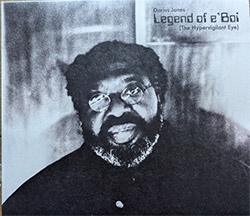
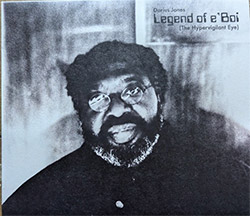
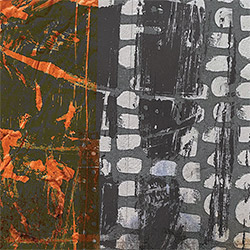
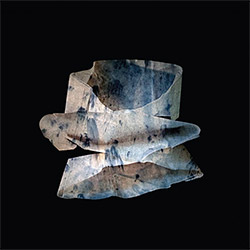
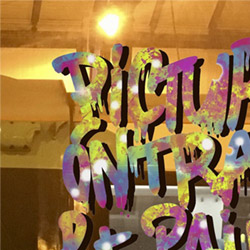
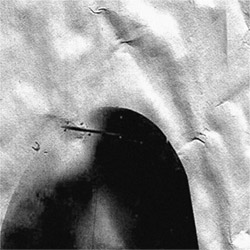
![Money : Money 2 [2 CDs]](https://www.teuthida.com/productImages/misc4/35894.jpg)
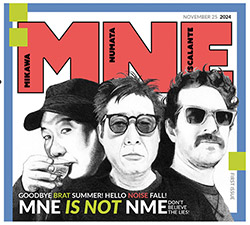
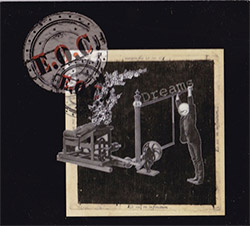
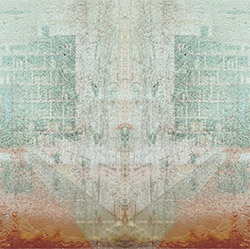
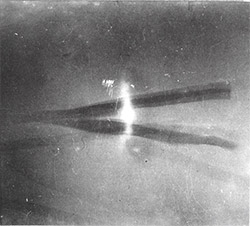
![Klinga, Erik: Elusive Shimmer [VINYL]](https://www.teuthida.com/productImages/misc4/36258.jpg)
![CHANGES TO blind (Phil Zampino): Volume 9 - I Wave on a Fine Vile Mist [CD + DOWNLOAD]](https://www.teuthida.com/productImages/misc4/36061.jpg)

![Wallmart / Rubbish: Asset Protection [split CD]](https://www.teuthida.com/productImages/misc4/35900.jpg)
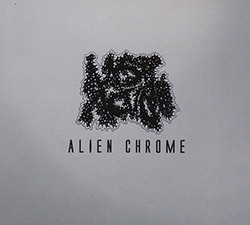
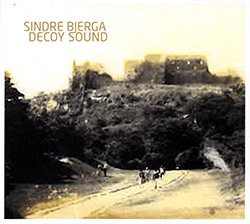
![+Dog+: The Family Music Book Vol. 5 [2 CDs]](https://www.teuthida.com/productImages/misc4/35897.jpg)
![Kuvveti, Deli : Kuslar Soyledi [CASSETTE w/ DOWNLOAD]](https://www.teuthida.com/productImages/misc4/36107.jpg)

![Nakayama, Tetsuya: Edo Wan [CASSETTE w/ DOWNLOAD]](https://www.teuthida.com/productImages/misc4/36105.jpg)



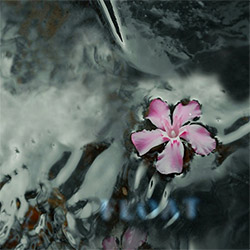
![Yiyuan, Liang / Li Daiguo: Sonic Talismans [VINYL]](https://www.teuthida.com/productImages/misc4/35957.jpg)
![Brown, Dan / Dan Reynolds: Live At The Grange Hall [unauthorized][CASSETTE]](https://www.teuthida.com/productImages/misc4/36245.jpg)
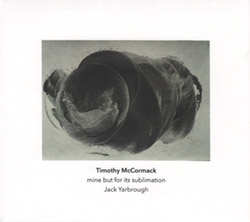

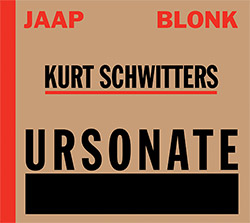
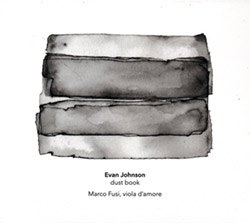
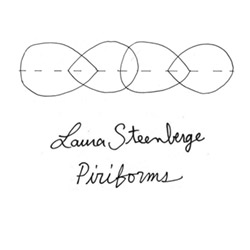

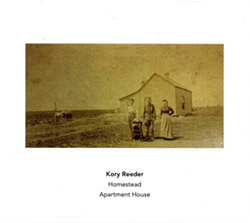
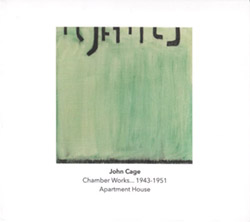
![Palestine, Charlemagne / Seppe Gebruers: Beyondddddd The Notessssss [VINYL]](https://www.teuthida.com/productImages/misc4/36206.jpg)
![Palestine, Charlemagne / Seppe Gebruers: Beyondddddd The Notessssss [NEON GREEN VINYL]](https://www.teuthida.com/productImages/misc4/36207.jpg)
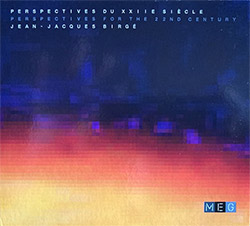
![Laubrock, Ingrid: Purposing The Air [2 CDs]](https://www.teuthida.com/productImages/misc4/35639.jpg)
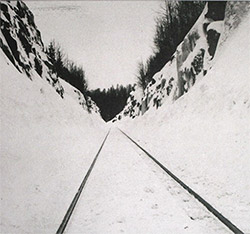
![Yoko, Ono / The Great Learning Orchestra: Selected Recordings From Grapefruit [2 CDs]](https://www.teuthida.com/productImages/misc4/35841.jpg)
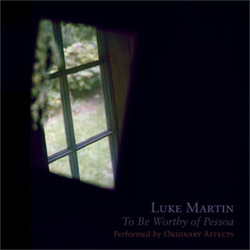
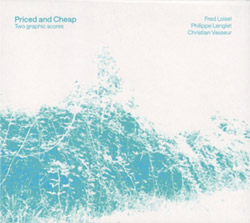
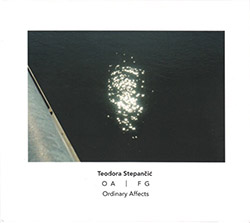
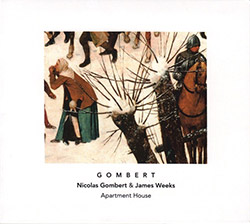

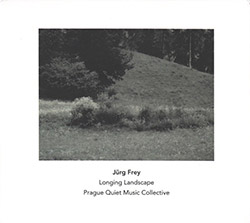


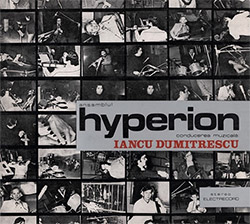
![Zorn, John / JACK Quartet: The Complete String Quartets [2 CDs]](https://www.teuthida.com/productImages/misc4/35609.jpg)

![Lonsdale, Eden: Dawnings [2 CDs]](https://www.teuthida.com/productImages/misc4/35480.jpg)

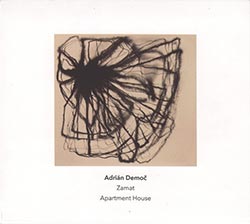
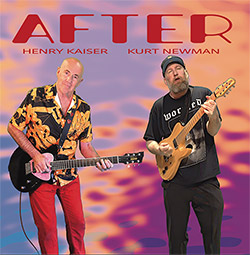
![Sorry For Laughing (G. Whitlow / M. Bates / Dave-Id / E. Ka-Spel): Rain Flowers [2 CDS]](https://www.teuthida.com/productImages/misc4/35985.jpg)

![Rolando, Tommaso / Andy Moor : Biscotti [CASSETTE w/ DOWNLOADS]](https://www.teuthida.com/productImages/misc4/36106.jpg)
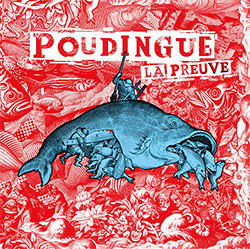

![Electric Bird Noise / Derek Roddy: 8-10-22 [CD EP]](https://www.teuthida.com/productImages/misc4/35970.jpg)
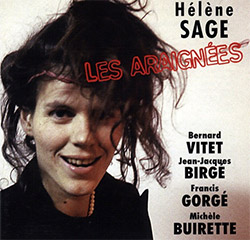


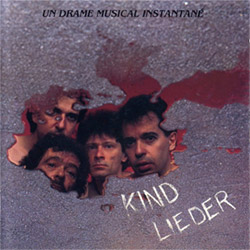
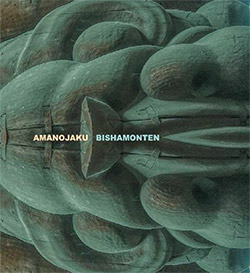
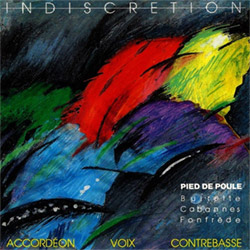
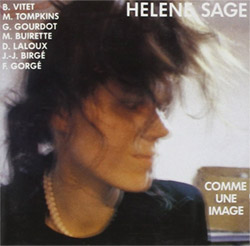
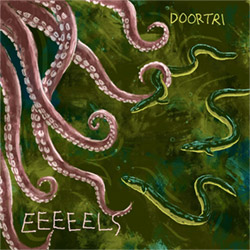
![Elephant9 : Mythical River [VINYL]](https://www.teuthida.com/productImages/misc4/34624.jpg)
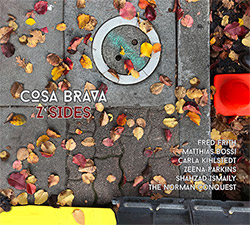
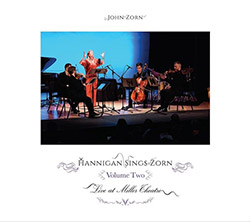
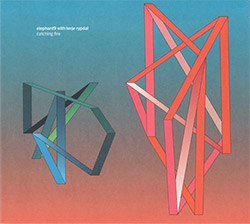
![Elephant9 with Terje Rypdal: Catching Fire [VINYL 2 LPs]](https://www.teuthida.com/productImages/misc4/35355.jpg)
![Deerlady (Obomsawin, Mali / Magdalena Abrego): Greatest Hits [VINYL]](https://www.teuthida.com/productImages/misc4/34876.jpg)
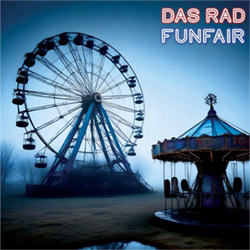
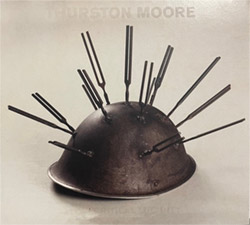
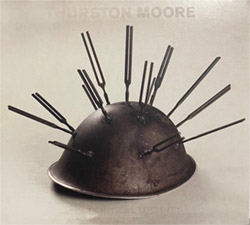

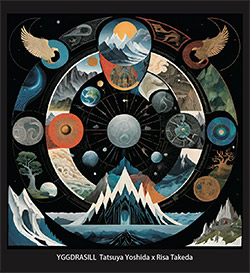
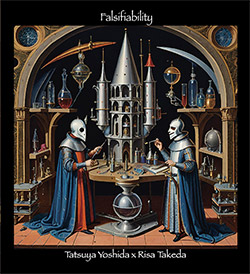
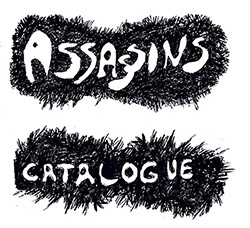
![Surplus 1980: Illusion of Consistency [CD]](https://www.teuthida.com/productImages/misc4/35069.jpg)
![Staiano, Moe: Away Towards the Light [VINYL + DOWNLOAD]](https://www.teuthida.com/productImages/misc4/35037.jpg)
![Coley, Byron: Dating Tips for Touring Bands [VINYL]](https://www.teuthida.com/productImages/misc4/17906.jpg)

![Lost Kisses: My Life is Sad & Funny [DVD]](https://www.teuthida.com/productImages/misc4/lostKissesDVD.jpg)